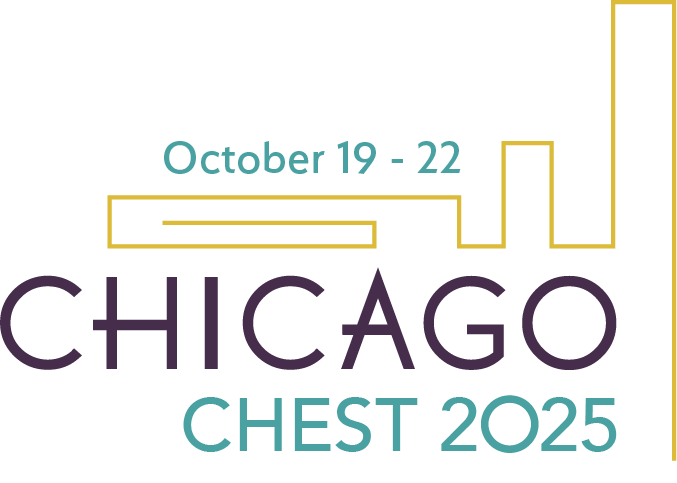Top-line results from an interstitial lung disease (ILD) trial suggest nerandomilast could become the first new treatment for lung fibrosis in more than a decade. The FIBRONEER-ILD study met its primary end point of absolute change in FVC from baseline at 52 weeks compared with placebo. However, the results—recently announced by Boehringer Ingelheim—have not yet been peer reviewed and did not include specific values.

“Assuming the top-line results are an accurate reflection of the data, this would add a third drug to our armamentarium for treating pulmonary fibrosis after nintedanib and pirfenidone,” said Barry Shea, MD, Assistant Professor of Medicine at Harvard Medical School. Dr. Shea was the primary investigator for the trial at the Massachusetts General Hospital site.
Nerandomilast is designed to reduce pulmonary fibrosis by preferentially inhibiting the activity of phosphodiesterase 4B (PDE4B), a proinflammatory enzyme. PDE4B inhibition reduces the release of proinflammatory mediators and the recruitment of inflammatory cells. Inhibiting PDE4B is also associated with attenuated fibrotic remodeling.
FIBRONEER-ILD is the second phase 3 study of nerandomilast. FIBRONEER-IPF, in patients with idiopathic pulmonary fibrosis (IPF), also showed positive top-line results. The manufacturer said full safety and efficacy data will be released later in 2025. A new drug application is expected to be filed with the US Food and Drug Administration (FDA) and other regulatory authorities.
FIBRONEER-ILD enrolled 1,178 adults with progressive pulmonary fibrosis other than IPF and tested two doses, 9 mg and 12 mg bid, vs placebo for 52 weeks. The key secondary end point was a composite of time to first acute ILD exacerbation, first respiratory hospitalization, or death—whichever occurred first.
The company said safety results are consistent with phase 2 results, which showed good tolerability compared with either nintedanib or pirfenidone.
“Our existing drugs both have tolerability issues,” Dr. Shea said. “There are a fair number of patients who just aren’t able to tolerate either one of them and, as a result, are not on treatment. If this drug is truly well tolerated and effective, it would give us another option for these patients.”
Both FIBRONEER-ILD and FIBRONEER-IPF included patients on existing standard of care therapy, including existing antifibrotic agents and immunosuppressive agents. Notably, in FIBRONEER-ILD patients were only included if they were on stable therapy with nintedanib for ≥12 weeks before the first visit and if they planned to stay on the background treatment after randomization. Additionally, patients who were not on treatment with nintedanib for ≥8 weeks before the first visit and during screening who did not plan to start or restart antifibrotic treatment were allowed to participate.1
“This agent was added on top of existing therapies, which is important,” Dr. Shea said. “I think we are entering an era of combination therapy for pulmonary fibrosis. The existing drugs are certainly effective at slowing lung disease progression, but we know that most people, even on therapy, continue to progress. Having another drug you can add to slow progression even more is really impactful on patients’ lives.”
Dr. Shea emphasized that improving outcomes and quality of life presumes positive results after peer review. It is not known if the beneficial effects of nerandomilast are uniform or vary by dose, background treatment, specific combinations of therapies, monotherapy, or other subgroups.
“Are we going to be starting patients on one of our current therapies then adding nerandomilast?” Dr. Shea asked. “Are we going to be starting with nerandomilast? Are we going to be starting them together? Seeing if the effects are consistent across different subgroups will help us fine-tune how we incorporate nerandomilast into our management strategy. Assuming the data clearly show nerandomilast is safe and effective, and assuming it gets FDA approval, we will have an option for combination therapy for pulmonary fibrosis.”
While exciting, nerandomilast is not without adverse effects. According to the trial data, the most common adverse events were gastrointestinal, primarily diarrhea. There were no reports of depression or suicidal behavior, however, according to the researchers, there was one report of suicidal ideation type 1 following completion of treatment.2
References
1. Investigating nerandomilast in patients with PPF (including those with autoimmune disease ILD)
2 Richeldi L, Azuma A, Cottin V, et al. Trial of a Preferential Phosphodiesterase 4B Inhibitor for Idiopathic Pulmonary Fibrosis. N Engl J Med. 2022;386(23):2178-2187. doi:10.1056/NEJMoa2201737
